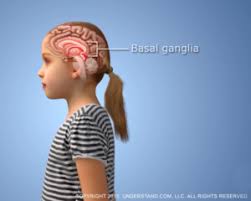PANDAS syndrome is a neurological condition that appears suddenly following a strep infection, such as strep throat. One theory is that it is an autoimmune disorder that causes the body to attack healthy cells. Researchers think that PANDAS may occur when the body attacks cells in the basal ganglia, a region of the brain responsible for many functions, including learning and movement. The resulting damage could cause the psychiatric symptoms of PANDAS. The doctor will likely test the child’s throat to check for an active strep infection. If the test is negative, the infection could be hiding elsewhere, such as the genitals. The doctor may, therefore, use other tests if the child has or previously had strep symptoms. Parents or caregivers may need to answer questions about when the symptoms appeared and whether the child has a history of infections. They should tell a doctor about all symptoms and prior infections, even if the doctor does not ask. It is also important to note whether symptoms appeared suddenly or developed over time. Parents or caregivers who suspect that a child may have PANDAS syndrome should find a paediatrician who specializes in PANDAS, strep infections, or childhood mental health symptoms. They should also do this if a child has behavioural problems alongside frequent strep infections. PANDAS often gets better, and even when it does not, the symptoms are manageable. With ongoing treatment, disability accommodations, and family support, a child can have a happy, healthy life.
(Credits: www.medicalnewstoday.com)


